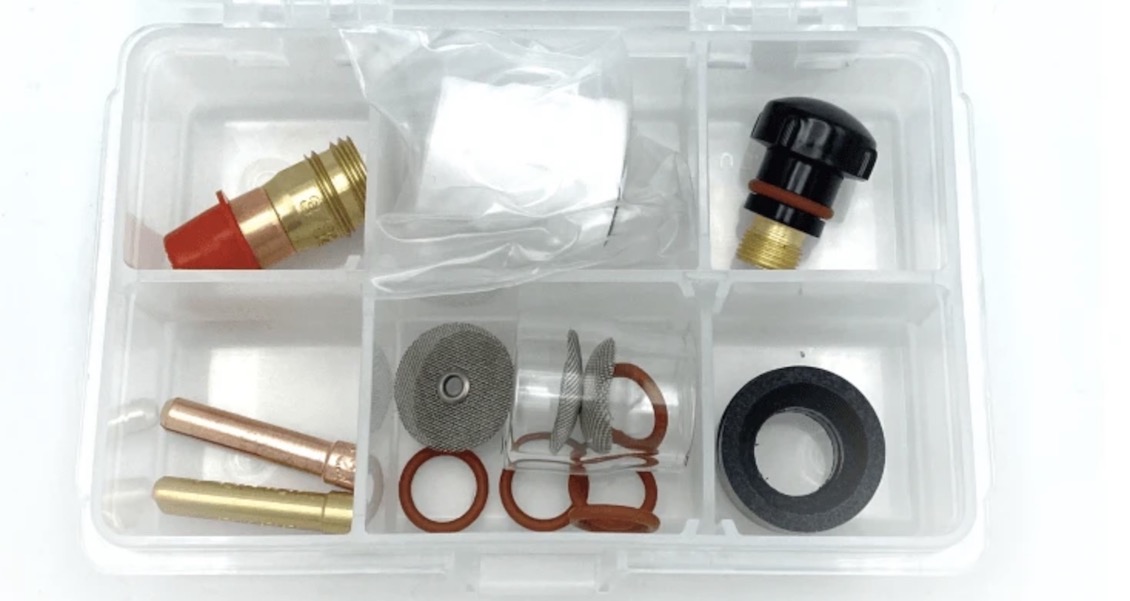TIG Brazing Pulse Settings using silicon bronze filler rod
- HOME
- TIG WELDING
- Tig Welding
- Tig Brazing Pulse Settings
TIG brazing pulse settings such as PPS (Pulses Per Second), Background Amperage, and Peak Amperage play an important role in controlling the tig brazing process and achieving desired results. Here's an explanation of each setting:
Pulse is not 100% necessary for tig brazing but can help a lot when it comes to heat control and keeping the puddle clean.
A jazzy 10 cup is a great choice for tig brazing and really helps in keeping the puddle clean.
TIG brazing pulse settings explained
- PPS (Pulses Per Second):PPS refers to the number of pulses generated by the welding machine per second. It determines how frequently the welding current alternates between the background amperage and peak amperage. PPS controls the welding speed and the amount of heat input into the workpiece.Higher PPS values create more frequent pulses, and can help in achieving a smoother and finer weld bead. Lower PPS values create slower pulses, which can be useful for controlling heat in tig brazing.
- Background Amperage:Background amperage, often referred to as the "background current," is the lower amperage level in the pulse cycle. It represents the baseline current that flows during the non-peak part of the pulse. This lower amperage helps maintain the arc and the molten puddle while keeping the heat input relatively low.Background amperage is essential for controlling the width of the tig braze bead and preventing excessive heat buildup. Adjusting the background amperage allows you to fine-tune the heat input for various welding applications. Lower background amperage is typically used for thinner materials, while higher values are used for thicker sections.
- Peak Amperage:Peak amperage, also known as the "peak current" or "pulse current," is the higher amperage level in the pulse cycle. It represents the maximum current applied during the peak of each pulse.Peak amperage is responsible for generating the necessary heat to melt the braze material and create the molten braze pool. This high current provides good fusion. Adjusting the peak amperage allows you to control the bead width.
Pulse TIG welding settings like PPS, background amperage, and peak amperage allow the welder to finely control the tig brazing process, achieving desired results for various materials and applications. Proper adjustment of these settings helps maintain arc stability, controls heat input, and produces high-quality braze beads that also have good appearance.
Pulse settings for TIG brazing really help in limiting the amount of oxidation in the puddle.
And a cup with secondary diffuser screens like a Jazzy 10 ceramic or Furick 12 ceramic are a game changer for TIG brazing.




















